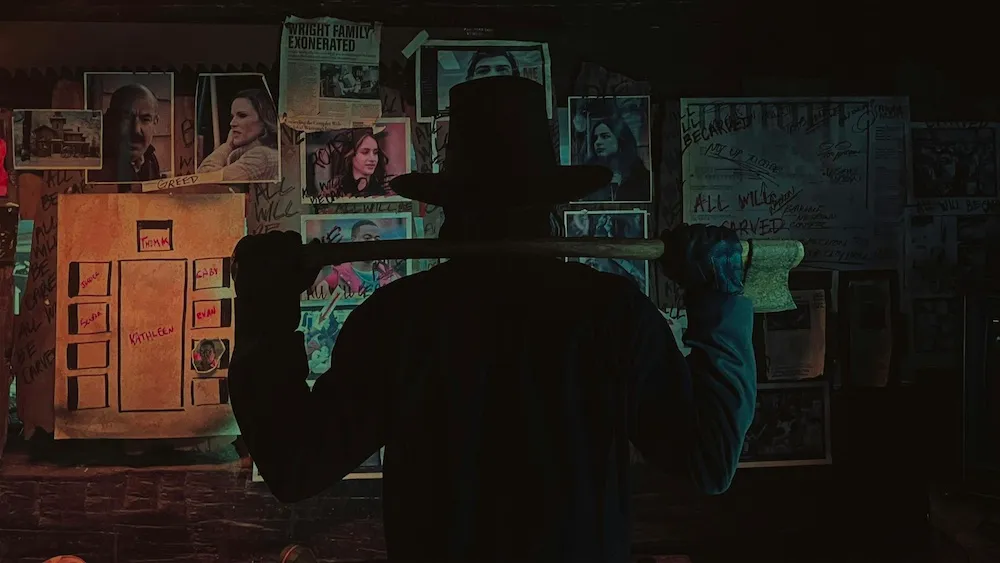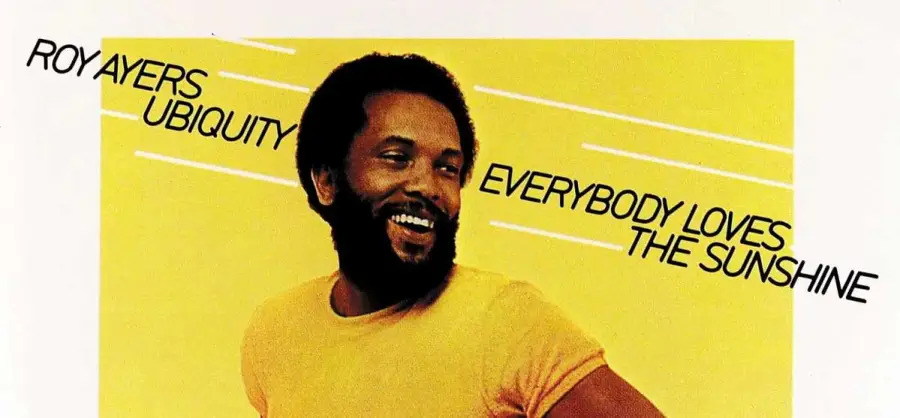A movie based on a fake trailer that was made for a movie released in 2007? You must be kidding, right? Surely that can’t be good… Right? Released on this past friday, “Thanksgiving” is director Eli Roth’s fully fleshed out imagining of his faux-trailer of the same name. The original played in the middle part of director Quentin Tarantino and Robert Rodriguez’s 2007 double-feature throwback “Grindhouse.”
The original trailer doesn’t offer up much in terms of plot, just the basic premise of a man in a pilgrim hat taking out hormone-fueled teens over Thanksgiving break. Roth achieves in infusing this full-length effort with not only a well-conceived plot (if at times stretched-thin), but also interesting thematic ideas and kills that are equally entertaining and gruesome. “Thanksgiving” also sports incredibly impressive cinematography courtesy cinematographer Milan Chadima and fully fulfilled production design thanks to “V/H/S” alumnus Peter Mihaichuk.
Beginning with a convergence of all of our main characters at a Black Friday sale, things quickly take a turn for the worst as the sale becomes fatal, lives are lost and futures are jeopardized. One year later, the core group of teens all begin getting harassed by a serial killer only known as John Carver.
This inciting incident lays ground for an overarching theme of anti-consumerism and anti-corporation philosophies, which creates an interesting conversation about how capitalism has seeped its way into even the most seemingly cherished annual customs. I wasn’t expecting this from a Thanksgiving-themed slasher movie either.
The entire cast gave impressive efforts, but genre veteran Patrick Dempsey (“Scream 3”) and newcomers Addison Rae and Nell Verlaque particularly left impressions on me. Dempsey has been here before and it shows, he knows when to ham it up and when to let the thrill of the kills take hold. While Rae’s role isn’t exactly written with intense character work in mind, she is completely bought in on the caricature she’s satirizing and really holds the screen.
Verlaque takes on the burden of being this film’s signature final girl. A role filled by genre legends like Neve Campbell, Sarah Michelle Gellar and Jamie Lee Curtis in previous franchises, and while she doesn’t rise to their levels (very few can), she absolutely holds her own and I can’t wait to see what she does next. She brings a grounded level of humanity and empathy that is seldom seen in this type of movie and only makes it, and her, stand out more.
From a pure-horror perspective, “Thanksgiving” isn’t necessarily as scary as it is thrilling and creative. It’s easy to get caught up in the heat of the kill sequences (pun-intended, for one of the kills). Two kills that particularly stood out to me, without giving away too much, involved a trash can and a trampoline respectively. Both of which did things I had never seen before, and with the slasher sub-genre boasting a 60 year history, that in-it-of-itself is worth the price of admission.
One of the most remarkable parts of “Thanksgiving” to me is how it chooses to pay homage to slasher history, and how that contrasts with the more recent entries in the “Scream” franchise. The references are done in moderation, with taste and in service of the story. They’ll often be specific shots (The opening shot of the movie is a direct homage to “Halloween” in more ways than one), or lines that add depth to scenes.
It wears its influences on its sleeve. “Halloween” and “Scream” are obvious inspirations, but I was really surprised and frankly delighted at how “I Know What You Did Last Summer” hangs over this movie. From the group dynamic being more-so a play on typical high school cliches than the more nuanced characters in “Scream,” to the whole “One year later” idea and this specific group all being targeted for something the killer thinks they caused.
Compare these homages and influences to “Scream” (2022) and “Scream VI” and it exposes how borderline lazy those films have been about paying tribute. It’s all done by just naming off movie titles and talking tropes instead of actually applying conceptual creativity. And while the original “Scream” does also list off movie titles and the characters talk about tropes, that was the first movie to ever do something like that and Wes Craven innovated those same tropes and completely changed what audiences expected out of a slasher. I like the new “Scream” movies, especially “Scream VI,” but seeing another movie do the “Scream”-thing better than “Scream” itself really puts things into perspective.








